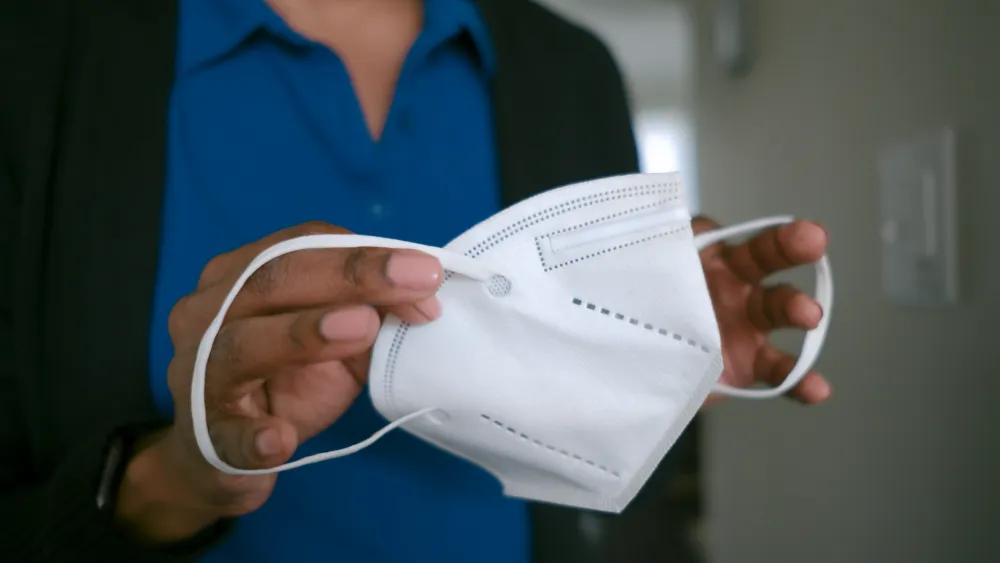




Is Your Mask Counterfeit? Look for These Red Flags
Published: Jan. 31, 2022

As highly-contagious COVID-19 variants continue emerging, many people are following new CDC mask guidelines and trading in their cloth masks for ones that offer better protection – like N95s, KN95s or surgical masks.
But if you’re one of the many individuals who recently jumped on the search for a mask upgrade, you likely ran into one universal challenge: how to determine which masks are the real deal.
Federal agencies have been cracking down on the sale of fake masks since 2020, but that’s not to say dupes aren’t out there – popping up online and on store shelves.
So what should you look for to ensure the best, most protective mask possible? Here’s a guide to help you separate the counterfeit from legitimate.
What To Look for by Mask Type
N95s
N95 respirators are designed to protect a person from airborne particles, boasting up to 95% filtration efficiency with a very close fit. These personal protective masks have passed strict quality testing administered by the National Institute for Occupational Safety and Health (NIOSH), and they have special markings on them.
The biggest red flag to look out for is an N95 with no NIOSH-approved markings or label. Keep in mind: NIOSH approves all N95s – the FDA and CDC do not. So also beware of any N95 respirators that claim to be FDA- or CDC-approved.
KN95s
Authentic KN95 masks (those that meet Chinese standards) require filtration efficiency similar to N95s, but they are not approved by NIOSH.
If there are no markings on each individual KN95 mask you purchase – or simply a stamp of “KN95” – it’s likely not authentic. True KN95s are required to be stamped with GB2626-2019, which means the mask was constructed to current Chinese standards. A stamp ending with 2006 is likely legitimate, but it was constructed to meet previous standards.
Surgical Masks
Surgical masks are typically made up of three or more layers – with a waterproof outer layer – to help protect you from liquid splashes and larger respiratory droplets. The filtration of these masks is generally lower than N95s and KN95s largely due to a looser fit.
Fake surgical masks may be the most difficult to spot. But the FDA has made it easier for consumers by issuing a list of authorized masks that fall under its umbrella Emergency Use Authorization for meeting specific performance requirements, as well as a short list of masks that no longer meet those requirements.
Other Red Flags
Packaging
When ordering online, you don’t always get to see the packaging your masks will arrive in. But ideally, your masks will come in a sealed, tamper-evident box or bag, offering some peace of mind that no consumer has handled the masks before you.
Expiration Date
Because the droplet-repelling synthetic materials on masks typically break down over time, beware of masks that don’t list an expiration date.
Defects
Snags, tears, bent nose wires, or ear loops that snap off easily should all be red flags. These defects – which would be extremely unlikely in a quality mask that’s been rigorously tested mask – can affect fit and efficacy.
Manufacture Information
Your mask manufacturer should list a physical address on its packaging and have a legitimate website. You’re right to be suspicious if it seems unusually difficult to contact the manufacturer with any questions or concerns.
If you’re still unsure, don’t hesitate to reach out to your provider. Mask research can feel overwhelming. Let us help point you in the right direction while assuring you that any mask you’re wearing properly is likely better than no mask at all.
More Resources
- Read more about protecting your kids from the Omicron variant.
- Read the CDC’s latest mask guidelines.
- Read more COVID-related articles.


